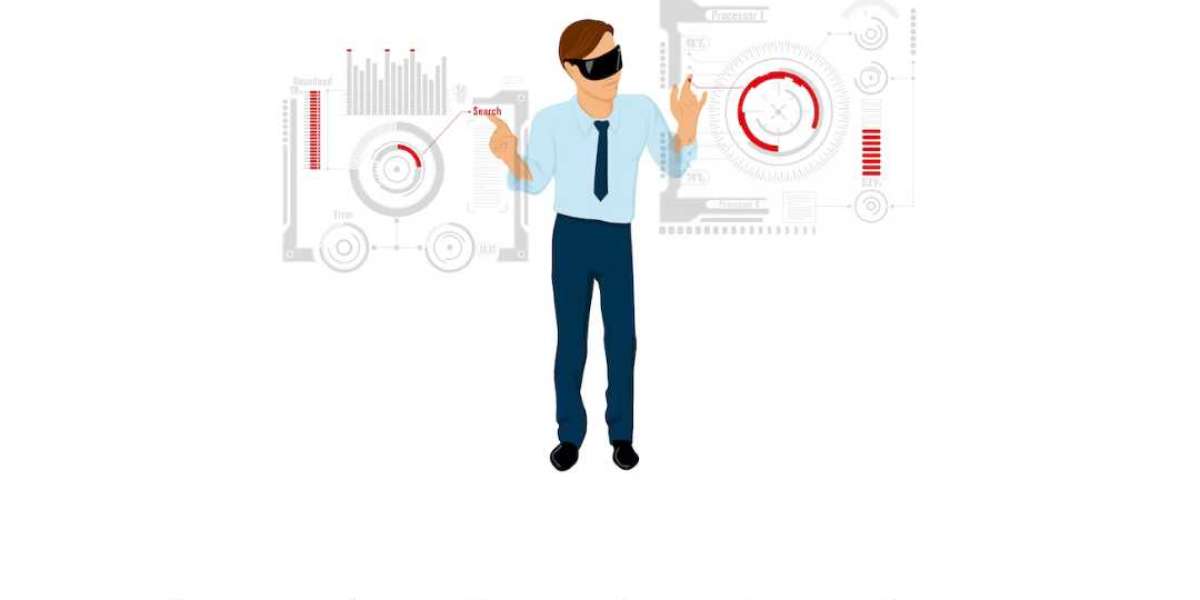In the fast-paced world of corporate restructuring and MA transactions, legacy system carve-outs have emerged as a strategic necessity for organizations aiming to divest or separate certain business units. These carve-outs involve the extraction of specific components or systems from a larger organizational structure, presenting unique challenges and opportunities. One of the critical factors influencing the success of such endeavors is the role of technology. In this article, we delve into how technology plays a pivotal role in driving efficiency and fostering innovation during legacy system carve-outs.
1. Streamlining Operations with Automation:
Technology facilitates the automation of various processes involved in legacy system carve-outs, significantly streamlining operations and reducing manual effort. Automation tools can assist in data migration, system integration, and testing, accelerating the overall carve-out timeline. By automating repetitive tasks, organizations can achieve greater efficiency and accuracy, minimizing the risk of errors and delays.
2. Enhancing Data Management and Governance:
Effective data management is paramount in legacy system carve-outs to ensure the integrity and security of critical information. Technology enables organizations to implement robust data governance frameworks, including data profiling, cleansing, and masking capabilities. Through data visualization tools and analytics platforms, stakeholders can gain valuable insights into the data landscape, facilitating informed decision-making throughout the carve-out process.
3. Facilitating Seamless Integration with Modern Systems:
As organizations carve out legacy systems, they often need to integrate newly acquired or divested entities with their existing technology infrastructure. Advanced integration platforms and APIs enable seamless connectivity between disparate systems, ensuring data flows smoothly across the organization. Additionally, technologies such as microservices architecture and containerization support modularization, allowing for easier integration and scalability.
4. Driving Innovation Through Digital Transformation:
Legacy system carve-outs provide an opportunity for organizations to embrace digital transformation initiatives and drive innovation. By adopting cloud-based solutions, artificial intelligence, and machine learning technologies, organizations can modernize their IT landscape and unlock new capabilities. These innovations not only improve operational efficiency but also enhance customer experiences and create new revenue streams.
5. Mitigating Risks Through Cybersecurity Measures:
During legacy system carve-outs, organizations must prioritize cybersecurity to protect sensitive data from potential threats. Technology solutions such as encryption, multi-factor authentication, and intrusion detection systems play a crucial role in safeguarding data integrity and confidentiality. Regular security assessments and penetration testing help identify vulnerabilities and ensure compliance with regulatory requirements.
Conclusion:
Technology serves as a catalyst for success in legacy system carve-outs, empowering organizations to drive efficiency, foster innovation, and mitigate risks effectively. By leveraging automation, enhancing data management practices, facilitating seamless integration, driving digital transformation, and prioritizing cybersecurity, organizations can navigate the complexities of carve-out transactions with confidence. As legacy system carve-outs continue to reshape the corporate landscape, embracing technology-driven strategies is essential for achieving strategic objectives and maximizing value creation.








